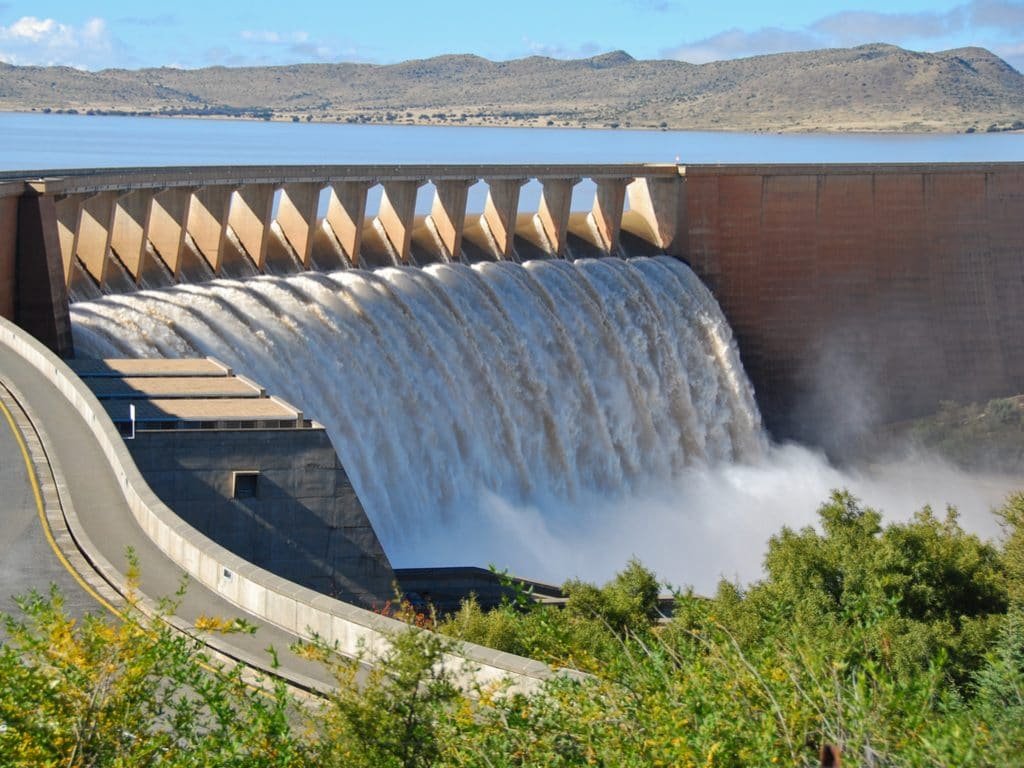The Pulse of the Planet: Hydropower’s Resilient Beat
In the symphony of sustainable energy, the persistent rhythm of flowing water has been a cornerstone of electricity generation. Capturing the cadence of this natural resource, the United States harnesses the vigor of rivers, accounting for approximately 7% of its energy portfolio with the transformative power of hydropower, as per the U.S. Energy Information Administration.
The Classic Conduit: Traditional Hydroelectric Dams
The quintessential image of hydroelectric power is a colossal dam, a monolith holding back a reservoir’s might. Water, upon its release, cascades through turbines, their spin a prelude to the generation of electricity. This interplay of stored water and mechanical motion is a testament to human ingenuity in renewable energy utilization.
The Unassuming Powerhouse: Run-of-River Hydroelectricity
Yet, the power of hydro need not always be synonymous with the grandeur of dams. Some plants opt for subtlety, employing modest canals to guide the river’s flow through turbines, a testament to the versatility of hydroelectric methods and the innovation that drives the industry forward.

The Cycle of Storage: Pumped Storage Hydroelectric Plants
Pumped storage plants, the ingenious alchemists of hydropower, take the ephemeral nature of electricity and give it permanence. They are the great balancers, absorbing energy during low-demand periods to spin turbines in reverse, elevating water to higher ground. When demand peaks, gravity takes the stage, and water descends, spinning turbines once more to illuminate our lives.
The Personal Power Plant: Micro-Hydroelectric Systems
On the scale of the individual, micro-hydroelectric systems emerge as the unsung heroes of remote energy independence. These small-scale installations capture the essence of hydropower, bringing the autonomy of electricity generation to homes, farms, and ranches, a beacon of self-sufficiency in the renewable energy landscape.

























![[Cultivating Independence] The Rise of Domestic Lithium-Ion Battery Supply Chains in the U.S.](https://evergreenvitality.com/wp-content/uploads/2024/12/ev-battery-robots-factory-istock-1456466947-360x180.jpg)













![[Cultivating Independence] The Rise of Domestic Lithium-Ion Battery Supply Chains in the U.S.](https://evergreenvitality.com/wp-content/uploads/2024/12/ev-battery-robots-factory-istock-1456466947-120x86.jpg)


